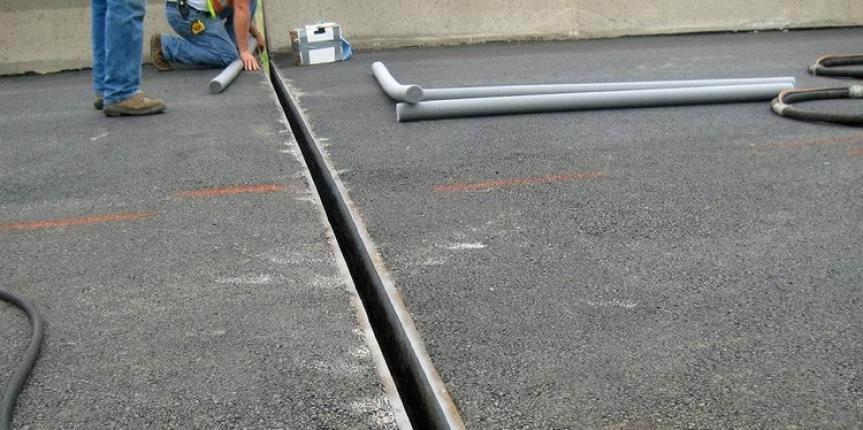
Concrete joints get used for adjusting for expanding or reducing concrete by upregulating. Beton joints often get utilized to stop splits as the concrete reduces by shaping, tooling, cutting, and inserting connection shafts. Pre-planned flaws offer a more robust finished concrete structure and shape where the fractures may get regulated in specified areas.
The element is often necessary to increase the performance of this system due to the material and the breadth or length of the concrete slab joints and allow the components to grow/contract or move without disrupting nearby facilities. Here are the types and suggestions for concrete floor joints.
2 Types of Concrete Joints
Here are two different types of concrete wall joints:
1. Contraction Joints
Contraction joints should get set to generate the squares, feasible boards. In the process of arriving, contraction joints can get crafted onto the concrete floor. Concrete surfaces attached can also cut into joints. It is crucial to realize that the further the stage gets delayed, the more cracks might get created before they get completed.
2. Concrete Expansion Joints
Beton expansion joints get used to dividing sheets and concrete from other structural elements. Expansion joints permit autonomous regions between adjacent structural parts to minimize fracturing in the event of such motions. It allows temperature extremes without causing tension.
Why do we need them?
Building joints should be utilized where two successive concrete places connect. Building joints are usually installed at the end or if the concrete pour is paused longer than the initial concrete setting period. Building joints by a structural engineer should be planned and defined. A link can be established and reinforced by a building joint. A designed transverse contraction with sufficient PCC can be used for the construction joint.
Many widely used equipment for building concrete lines are available. Depending on the size of the lab, the hand groove and the walking groove are employed. Cordless tools for the control of small and medium-sized tasks are excellent. A concrete saw is perfect for sawing concrete while being mindful of the depth of the cut.
Placing Tips
There are several placement tips that the construction team can follow:
1. The junction should have a minimum depth of one-fourth of the thickness of the dome when utilizing a joint groove for contraction joints.
2. For industrial flooring, vital joints are ill-advised.
3. For separate plates from construction walls or footings, the pre-molded filler should get utilized.
4. The mesh across contraction joints should get terminated if a mesh gets fitted with a wire mesh.
5. It should also choose joint spacing to be nearly square in concrete sections.
6. These joints, either sawed or keyed, should be placed along column lines.
7. In sheets with large weights, metal dowels must be utilized.
8. Plan precise positions for all joints, including screw cutting schedules.
9. Use insulation joints between slabs, columns, walls, and bases that contact other concrete structures and where curbs or side-walks connect.
10. The materials used on concrete floor joints must be flexible enough to absorb or deform and then, when necessary, restore their previous condition.
11. Alongside the concrete, always seek permeable materials.
Conclusion:
In summary, we observe the typical usage of concrete wall joints to avoid cracking when the cement shrinks by forming, tooling, sawing, and putting joint shapers. Any construction management hence has to have enough understanding of the subject.
